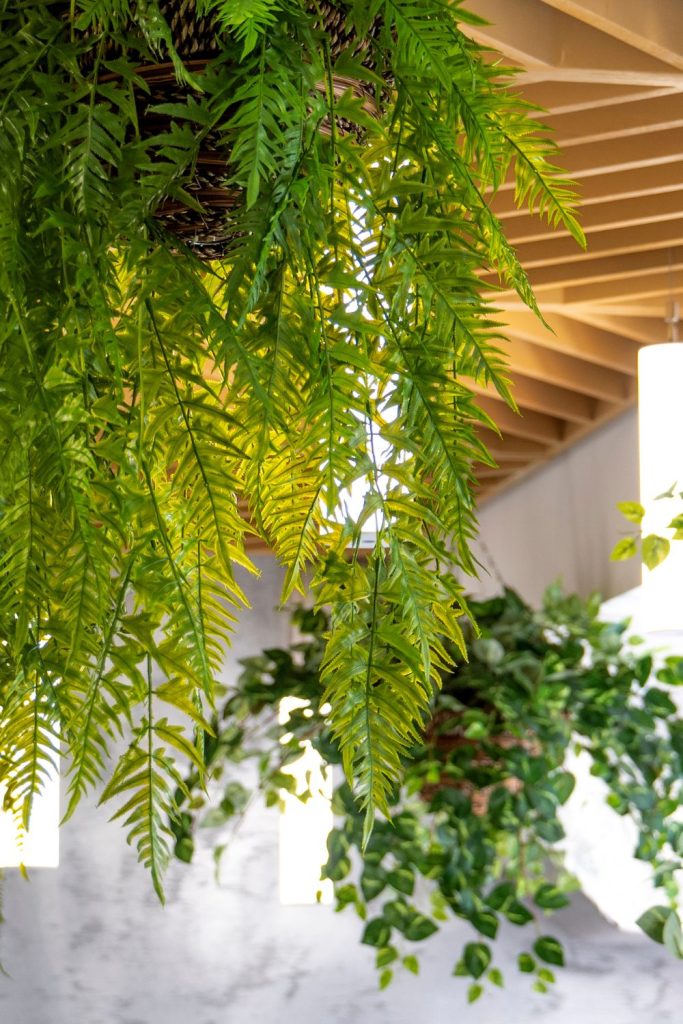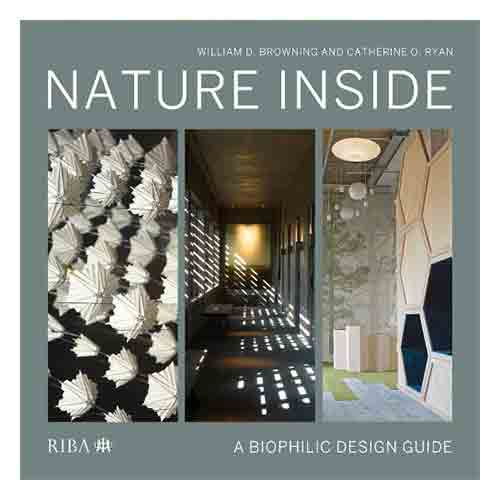Enhance your living space by integrating elements of biophilic interior design, which focuses on bringing nature indoors. Consider incorporating natural materials such as wood, stone, and plants to create a calming and rejuvenating environment within your home. Here are 8 ways to incorporate biophilic interior design into your home.

1. Decide on a colour scheme inspired by nature
Incorporating biophilic interior design involves utilising a colour palette inspired by nature, including shades of green, blue, and earth tones, to establish a serene and tranquil atmosphere within a space. Opt for a sustainable and environmentally-friendly paint option that is derived from natural sources. By selecting an eco-friendly paint, you can contribute to reducing harmful emissions and minimising the negative impact on the environment. Choose a paint that is made from organic materials, such as plant extracts or minerals, which are free from toxic chemicals and volatile organic compounds (VOCs). Not only will this choice benefit the planet, but it will also create a healthier living space for you and your loved ones.
2. Add Accessories made from natural materials
Incorporating elements from the natural world into interior design will help to establish a strong bond with nature. This involves utilising natural materials, textures, and other components that are reminiscent of the environment around us, resulting in a design that feels organic and harmonious with the outdoors. A simple example of this would be to add reclaimed wooden shelves to your room, you will add a touch of nature whilst also adding a practical element. Biophilic spaces are designed to incorporate elements inspired by the patterns and processes found in nature, creating environments that promote well-being and connection to the natural world. By integrating these natural elements into our surroundings, we can enhance our overall sense of peace and tranquility.
3. Always add houseplants
The first thing that comes to mind when thinking about biophilic design is plants. It’s always a good idea for you to have some plants dotted around. The great thing about plants is that they add a pop of colour but at the same time they are also great at adding a bit of life to your room. Think about adding some tall potted plants as well as a few succulents if you can. By doing this, you will soon find that your room comes together and that the small pops of life make a huge difference to your home.
4. Prioritise natural light
Maximising natural lighting in interior spaces is highly advantageous due to its positive impact on the human body’s natural circadian rhythms. Biophilic design principles emphasize the use of natural light over artificial light sources. To achieve this, it is recommended to incorporate minimal window dressings that allow ample natural light to enter the room. Additionally, mirrors and light-colored surfaces can be strategically placed to reflect and enhance the distribution of natural light, further brightening the space. By prioritising natural lighting, one can create a more harmonious and visually appealing environment.

Biophilic design brings positive experiences of nature into the built environment — whether in a domestic, work, leisure, healthcare, education or retail setting.
Starting with the principles and processes of biophilic design in practice, this book showcases a variety of interior spaces — residential, retail, workplace, hospitality, education, healthcare and manufacturing. The final chapter looks ‘outside the walls’, by providing a case study at the campus and city scale, concluding with an essential practical toolkit.
5. Incorporate organic shapes
Integrate soft, curved shapes, abstract forms, and asymmetrical designs into your space to create a visually appealing and relaxed atmosphere. By incorporating these elements into your furniture, decor, and architectural details, you can elevate the overall look and add a touch of elegance and character to your living areas. Let these shapes guide the eye and create a sense of flow and harmony throughout the space, making it feel more inviting and interesting to explore.




